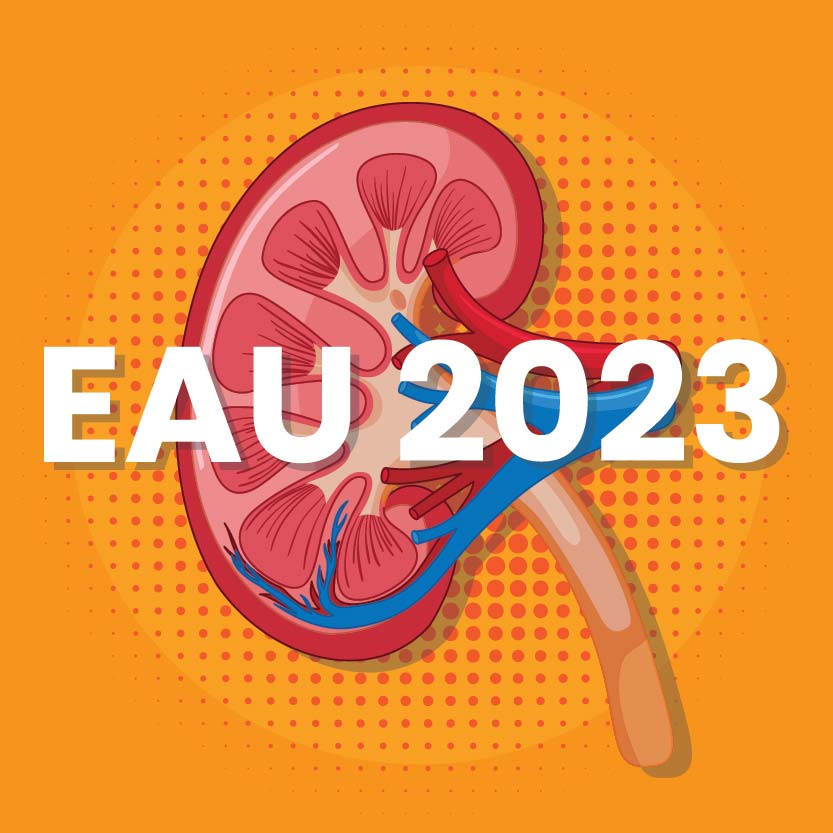Speaker: Prof. Sandeep Vasavada
Key Highlights
Introduction:
A comprehensive lecture on the diagnosis and management of Interstitial Cystitis/Bladder Pain Syndrome (IC/BPS) was delivered by Prof. Sandeep Vasavada. A tailored, non-hierarchical treatment algorithm based on patient phenotype, particularly the presence or absence of bladder inflammation, was emphasized.
Diagnostic Framework:
IC/BPS is defined as an unpleasant bladder/pelvic sensation, typically accompanied by urgency and frequency. The hallmark symptom of pain, often relieved by urination, was highlighted. A key diagnostic question — “Is your pain relieved with urination?”—was identified as clinically useful. If answered negatively, IC/BPS was considered less likely.
According to AUA/SUFU guidelines, a structured diagnostic algorithm was recommended, with cystoscopy serving as a critical component:
-
Inflamed phenotype: Characterized by findings such as Hunner’s ulcers or bladder inflammation.
-
Non-inflamed phenotype: Normal cystoscopy, with pain potentially linked to other pelvic or neurologic sources.
A basic work-up, including urinalysis, urine cytology, and symptom assessment via validated questionnaires, was advised. Potassium sensitivity testing was discouraged due to its lack of diagnostic utility.
Role of Cystoscopy:
Cystoscopy was identified as essential for:
-
Hunner’s ulcers, which predict favorable responses to interventions like cauterization, steroid injections, or cyclosporine.
-
Bladder capacity assessment, where poor compliance and low volumes suggest severe disease.
-
Biopsy indication, particularly in cases with suspicious lesions to rule out malignancy.
Glomerulations were noted to lack specificity for IC and were not recommended for diagnostic use.
Treatment Paradigm:
A non-linear treatment approach, guided by symptom severity and cystoscopic findings, was proposed:
1. Non-Inflamed IC/BPS
-
Manual physical therapy, focusing on pelvic floor relaxation (not Kegel exercises).
-
Multimodal pain management, including neuroleptics and neuromodulation.
-
Botox, considered for select patients with counseling on potential self-catheterization needs.
2. Inflamed IC/BPS
-
Cauterization of Hunner’s ulcers, providing rapid and sustained relief.
-
Intravesical therapy (cocktails including lidocaine, bicarbonate, heparin, and steroids), with success rates of 70–80%.
-
Self-administration at home was recommended to optimize frequency and adherence.
-
Cyclosporine, reserved for persistent, inflamed cases:
-
Dosed at ~3 mg/kg/day BID.
-
Requires close monitoring of renal function and serum levels.
-
Particularly effective in patients with Hunner’s ulcers.
3. Other Therapies
-
Neuromodulation, considered for select patients despite limited evidence.
-
Hydrodistension, used cautiously due to long-term bladder contraction risks.
-
Surgical options (last line):
-
Cystectomy with ileal conduit, reserved for refractory, debilitating cases.
-
Orthotopic diversions and bladder augmentations, generally avoided due to the risks of persistent pain or phantom symptoms.
Treatments Not Recommended:
-
BCG therapy and several older modalities were discouraged, as they were found ineffective or no better than a placebo in current guidelines.
Conclusion:
The management of IC/BPS must be individualized, guided by careful cystoscopic phenotyping. Early identification of inflammation was noted to significantly influence therapeutic direction. While conservative measures were deemed foundational, patients with severe or refractory symptoms may benefit from escalated or multimodal strategies. A flexible, patient-centered approach, supported by multidisciplinary care and evidence-based interventions, was reinforced.
American Urological Association 2025, April 26-29, Las Vegas, NV




